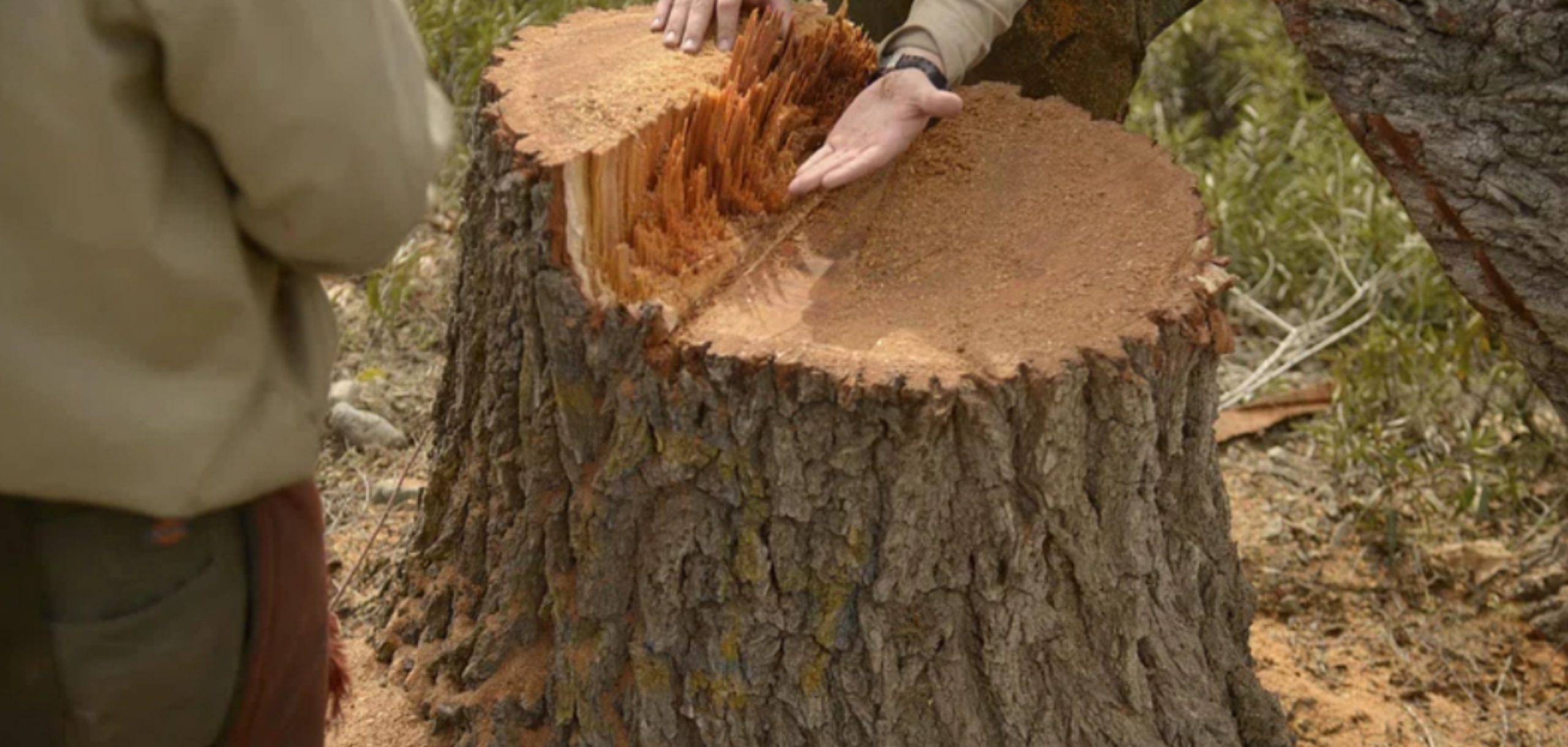The intrusion of roots into leach fields poses a significant threat to the functionality of septic systems. As plants search for moisture and nutrients, their roots can infiltrate drainage systems, leading to blockages that compromise the leach field’s effectiveness.
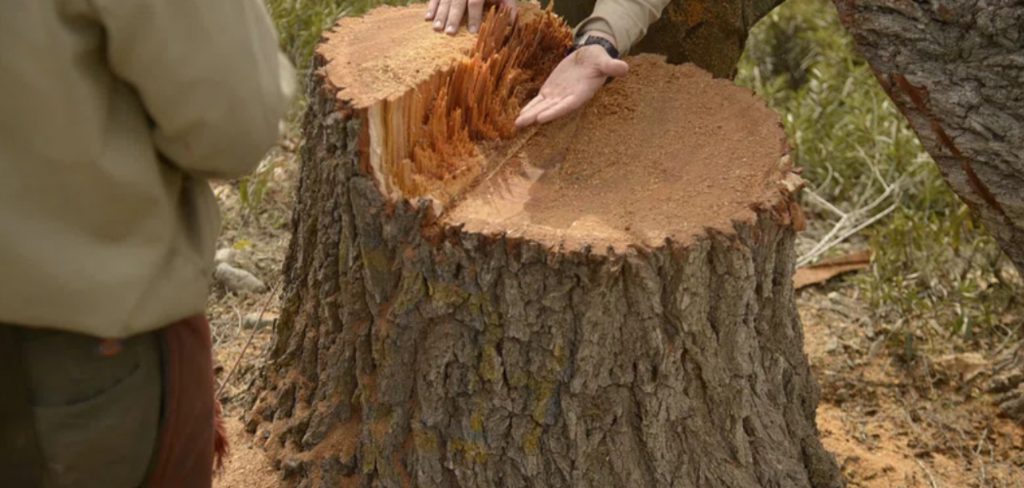
This intrusion reduces the efficiency of wastewater treatment and risks costly damage to the septic system if left unaddressed. Understanding how to remove roots from leach field areas is crucial for homeowners and property managers. This article explores various methods and techniques for root removal, including manual excavation, chemical treatments, and the use of specialized tools.
Additionally, we will discuss preventative measures to safeguard against future root intrusion, ensuring your septic system’s long-term health and efficiency. By staying proactive, you can mitigate the adverse effects of root encroachment and maintain optimal leach field performance.
Understanding Root Intrusion
What Causes Root Intrusion?
Roots from nearby trees and plants are instinctively drawn towards moisture and nutrients found in leach fields, making these systems particularly vulnerable to encroachment.
Factors contributing to this intrusion include poor soil conditions that may not retain moisture well, the improper placement of plants that may encourage root overreach and the close proximity of large trees with extensive root systems. These elements can create an environment where roots find it easier to penetrate drainage pipes and soil, leading to significant issues.
Impact on Leach Field
Root intrusion can severely hinder the functionality of a leach field by clogging drainage lines and disrupting the flow of wastewater, which may result in system malfunctions. This disruption can also lead to environmental contamination, as untreated wastewater can seep into the ground.
Homeowners should be vigilant for signs of root intrusion, such as standing water in the yard, slow drainage from sinks and toilets, or foul odors emanating from the leach field area. Recognizing these symptoms early can help in addressing the issue before it escalates into a more significant problem.
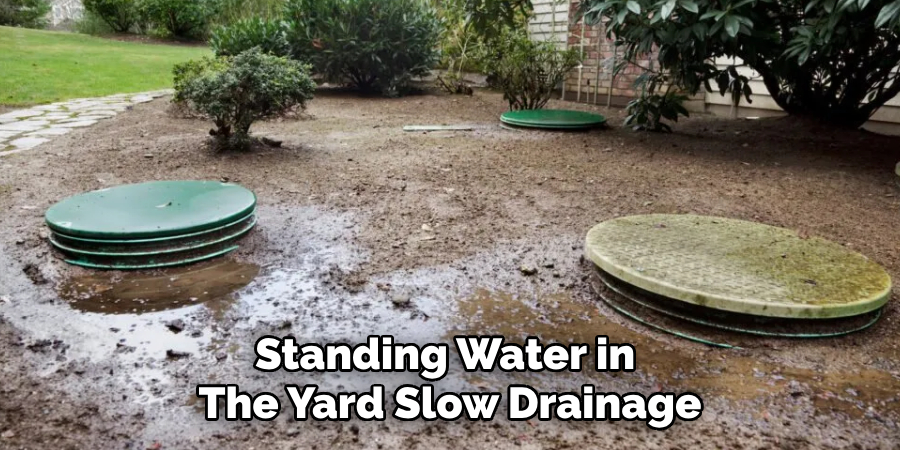
Initial Assessment and Preparation
Step 1: Inspect the Leach Field
- How to Do It: Begin by thoroughly examining the leach field for visible signs of root intrusion. Pay particular attention to areas with unusually lush vegetation, which may indicate concentrated root growth. Additionally, look for standing water or physical damage to the ground surface, as these symptoms can signal significant issues related to root encroachment.
- Why It’s Important: Identifying the root intrusion’s extent and specific location is crucial for determining the most effective removal method. A clear understanding of the problem allows you to tailor your approach based on the severity of the intrusion.
Step 2: Prepare the Area
- How to Do It: Clear the surrounding area of the leach field by removing any debris, rocks, and overgrown vegetation. Ensuring unobstructed access to the affected zones is essential for successful root removal. Collect all necessary tools and materials before starting the process.
- Why It’s Important: Proper preparation not only facilitates a more effective root removal process but also helps to minimize any potential damage to the leach field during the operation. A well-prepared area allows for safer and more efficient work, ensuring the integrity of your septic system is maintained.
How to Remove Roots from Leach Field: Methods for Removing Roots
Step 1: Manual Root Removal
- How to Do It: Begin by using hand tools such as a shovel or garden trowel to carefully dig out and extract any visible roots from the leach field. Focus on the areas where root intrusion is most apparent, and ensure that you do this with caution to avoid damaging the leach field pipes or the surrounding soil. It’s important to clear away soil gently and methodically, taking care not to disrupt the drainage structure as you remove the roots.
- Why It’s Effective: Manual root removal is an effective way to directly eliminate offending roots. This method minimizes disruption to the leach field’s functioning since it targets specific areas without introducing foreign substances or causing significant disturbance to the overall system.
Step 2: Chemical Root Killers
- How to Do It: For a more aggressive approach, apply a chemical root killer specifically formulated for septic systems. Adhere to the manufacturer’s directions for application and take necessary safety precautions, such as wearing gloves and goggles. Generally, these chemicals can either be poured down the drain to travel through the pipes or applied directly onto the affected area of the leach field where root intrusion has been identified.
- Why It’s Effective: Chemical root killers are effective in dissolving and removing roots that may be difficult to access or manually extract. They target the roots at the source, prevent further growth, and ensure a more thorough removal of unwanted intrusions.
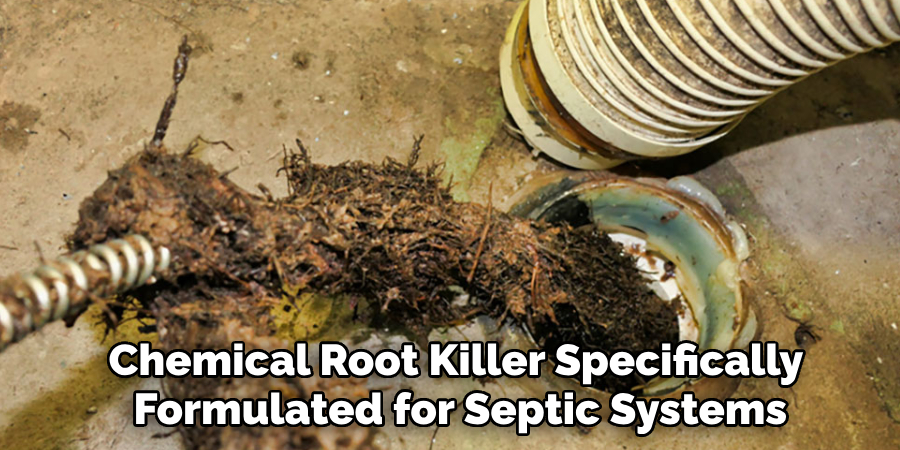
Step 3: Root Cutting Tools
- How to Do It: Employ a root-cutting tool or specialized auger designed for excavating roots from the leach field. Carefully insert the cutting tool into the ground, operating it according to the manufacturer’s guidelines. Make sure to use it to navigate deeper into the soil to reach roots that are otherwise inaccessible through manual methods.
- Why It’s Effective: Root-cutting tools offer the advantage of reaching deeper layers of soil and effectively removing roots that may have previously eluded manual extraction methods. This approach allows for a more comprehensive solution to root intrusion issues, ensuring that the leach field can function optimally without the hindrance of persistent roots.
By utilizing these methods strategically, homeowners can manage root intrusion effectively, safeguarding the performance and longevity of their leach fields.
Preventing Future Root Intrusion
Step 1: Plant Selection and Placement
- How to Do It: Avoid planting trees or large shrubs near the leach field. Instead, landscape the area with smaller plants with shallow root systems, such as certain ground covers or flowering perennials. These types of plants will thrive without threatening the leach field infrastructure.
- Why It’s Important: This careful selection of flora reduces the risk of future root intrusion and minimizes stress on the leach field system, ultimately preserving its efficiency and prolonging its lifespan.
Step 2: Install Root Barriers
- How to Do It: Implement physical root barriers such as landscape fabric or perforated plastic barriers around the leach field. These barriers should be buried vertically in the ground to effectively redirect root growth away from the sensitive areas.
- Why It’s Important: Root barriers provide a long-term solution to keep roots away from the leach field, safeguarding the system from potential future damage and ensuring the proper flow of wastewater, which is essential for maintaining the overall health of your septic system.
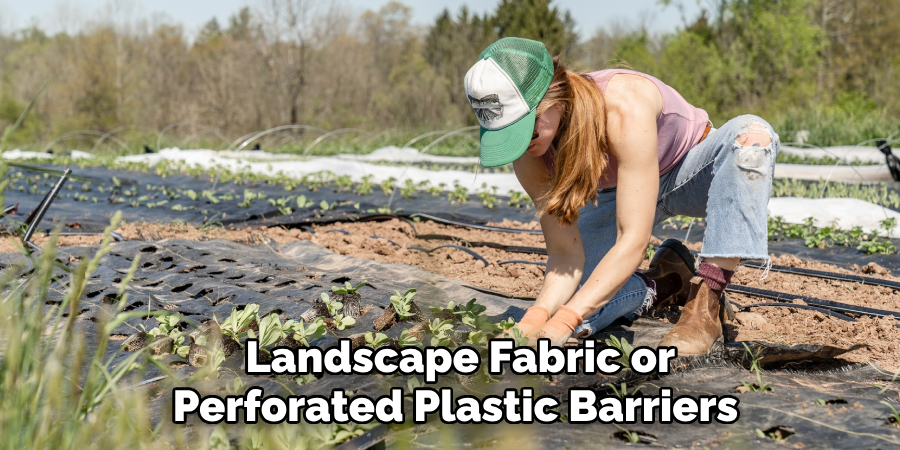
Monitoring and Maintenance
Regular Inspection
- How to Do It: Schedule periodic inspections of the leach field to monitor for signs of root intrusion or other issues. It’s advisable to perform these inspections at least twice a year, ideally in the spring and autumn, to catch potential problems early. Pay close attention to vegetation patterns, drainage efficiency, and any visible changes in the area. Address any problems promptly to prevent system failures.
- Why It’s Important: Regular monitoring helps catch issues early and maintain the leach field in good working condition. By detecting early signs of trouble, homeowners can implement corrective measures before they escalate, protecting their investment and ensuring the long-term functionality of their septic system.
Proper Maintenance Practices
- How to Do It: Implement good maintenance practices such as avoiding excessive watering near the leach field, keeping the area clear of debris, and maintaining proper landscaping. Create a buffer zone around the leach field by restricting the use of heavy machinery or vehicles in the vicinity. Be mindful of any chemical treatments applied to nearby gardens, as these can seep into the soil and affect the system.
- Why It’s Important: Proper maintenance helps ensure the leach field operates efficiently and reduces the likelihood of future root intrusion. By fostering a healthy environment around the leach field, homeowners can promote optimal drainage and prolong the lifespan of their septic system.
When to Call a Professional
Severe Root Intrusion
- What to Do: If root intrusion becomes severe or if previous manual and chemical removal methods have failed, it’s essential to consult a professional plumber or a septic system expert. They possess the tools and expertise to assess the situation accurately and implement effective solutions that can prevent further damage to the leach field system and ensure its proper function.
Complex Issues
- What to Do: For complex issues, particularly those involving significant damage to the leach field or underlying infrastructure, seeking professional assistance is crucial. If you are unsure about the best course of action, enlisting the help of an expert guarantees a thorough diagnosis and appropriate repair strategies, safeguarding the integrity and efficiency of your septic system.
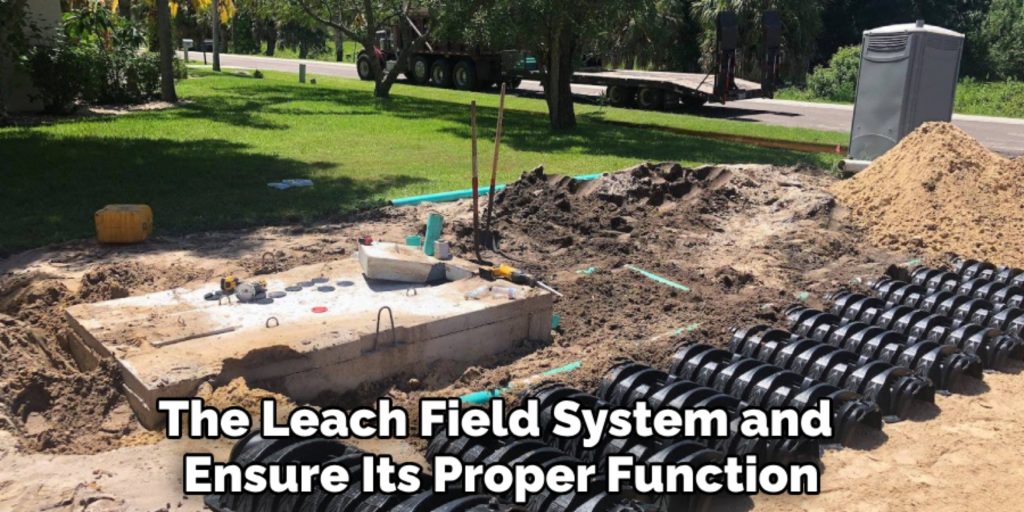
Conclusion
In summary, effectively managing root intrusion in a leach field involves several essential steps: manual removal of visible roots, applying chemical treatments to target deeper intrusions, and utilizing specialized root-cutting tools for thorough extraction.
It is crucial to emphasize the importance of prevention and maintenance to prolong the life and efficiency of your leach field. Homeowners should strategically select appropriate plants, install root barriers, and perform regular inspections to mitigate the risk of future issues.
Being proactive in managing your leach field is vital, and if you encounter more serious concerns, don’t hesitate to seek professional help. Understanding how to remove roots from leach field and implementing these methods will ensure your septic system remains in optimal condition for years to come.

